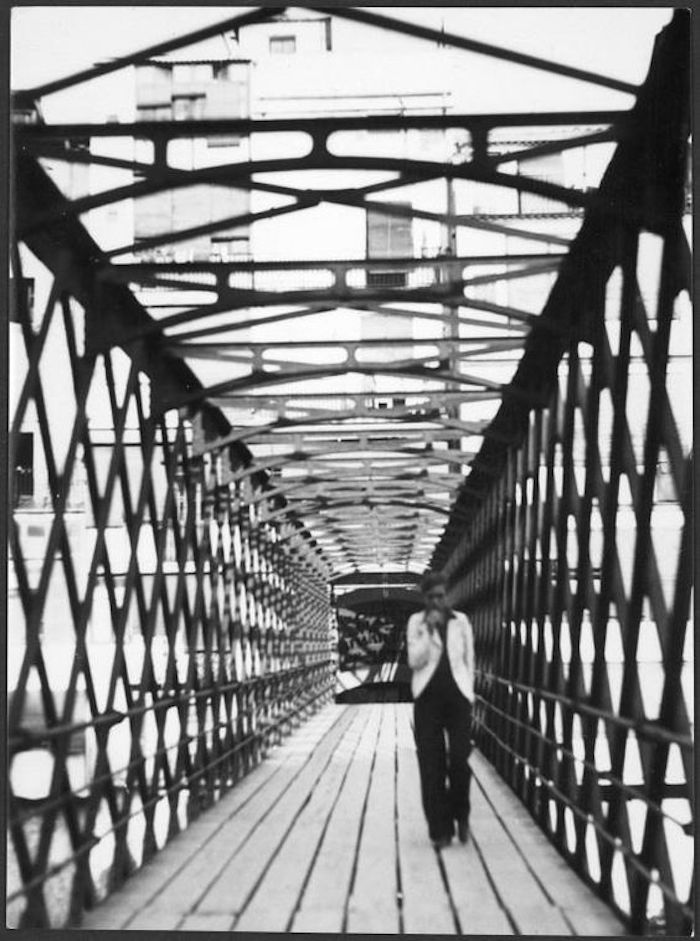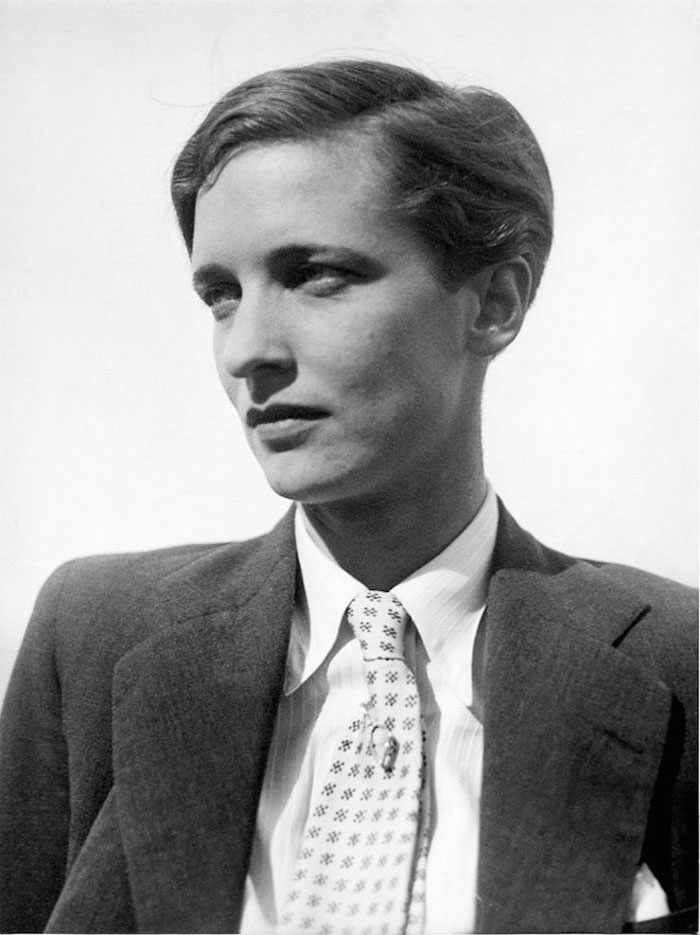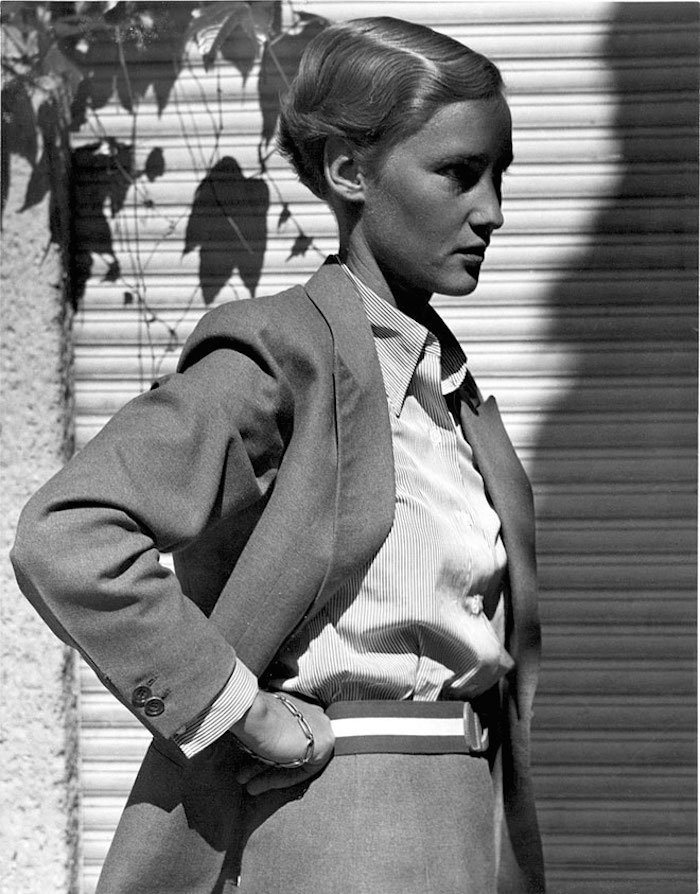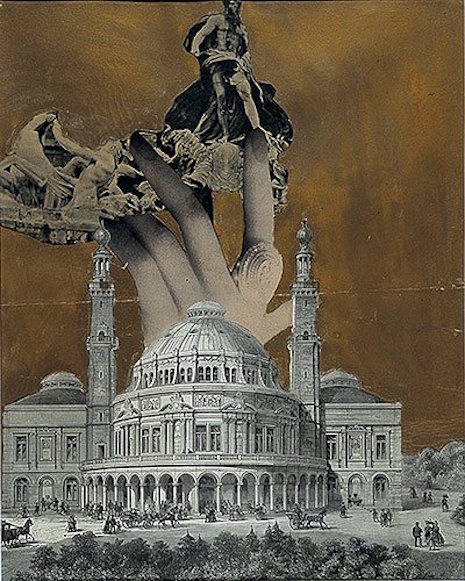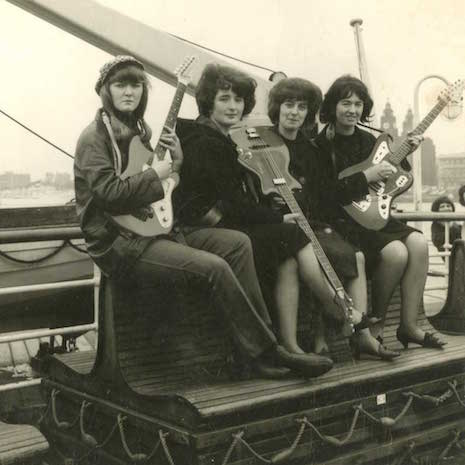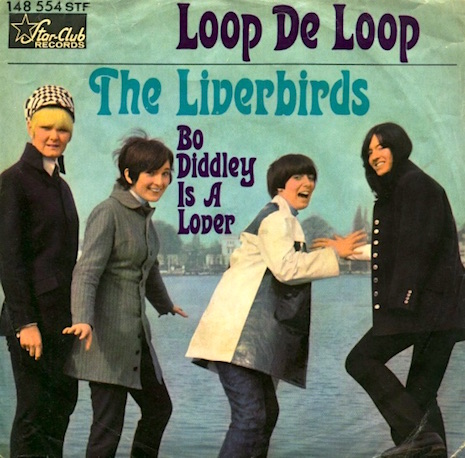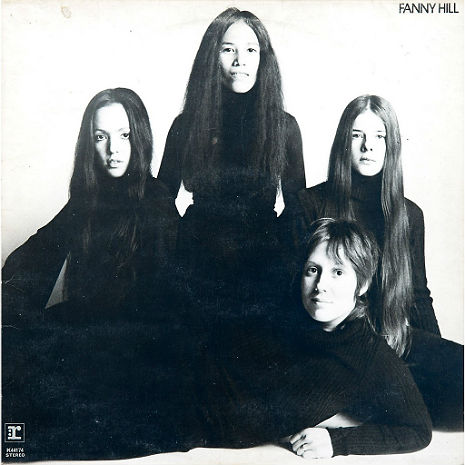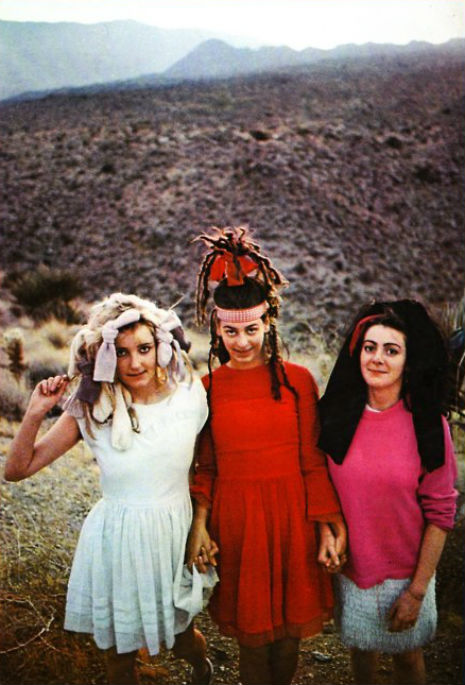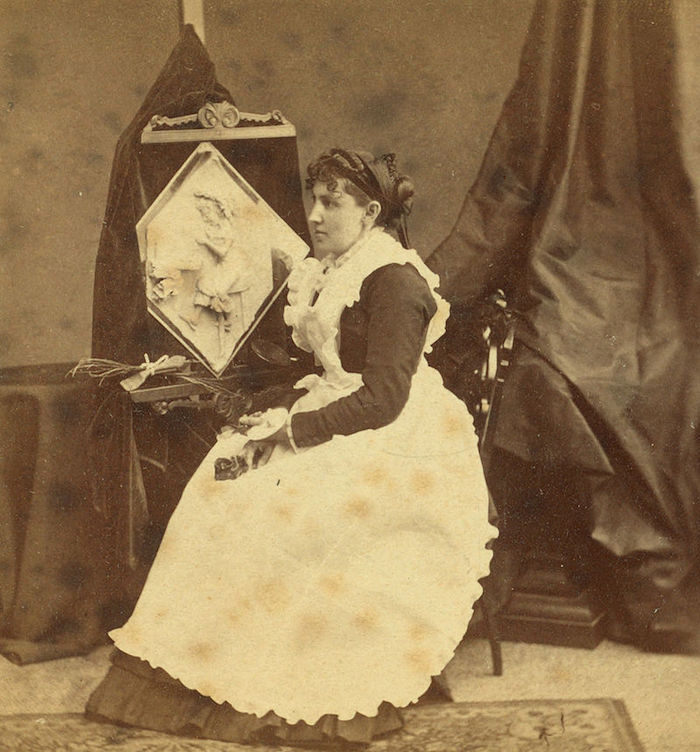
Caroline Shawk Brooks (1840 – 1913) charged the public a quarter a pop to come and watch her create sculptures from butter. Brooks was America’s first known butter sculptor. Her work attracted thousands of visitors to galleries when it was exhibited. Her most famous sculpture was of the blind princess Iolanthe from the verse drama King René’s Daughter by Danish poet Henrik Hertz. This beautiful butter sculpture alone drew a staggering two thousand paying visitors when it was exhibited for two weeks at a Cincinnati art gallery in 1874.
Brooks was born in Cincinnati, Ohio. From a very early age she exhibited considerable aptitude in painting, drawing and sculpture. Her first known sculpture was a bust of Italian poet Dante made of clay taken from a local stream.
By twelve she had won her first award—a gold medal for her sculpture of wax flowers. But alas a career in art was not considered a suitable occupation for a young woman. Brooks married a railroad engineer. Together they moved from Memphis, Tennessee to a farm in Phillips County, Arkansas. It was here in 1867 that Brooks made her first butter sculptures.
Taking her lead from neighboring farmers’ wives—who made small floral designs using butter molds—Brooks began making original butter sculptures to supplement the family’s income. Rejecting the sculptor’s traditional tools—perhaps because they were difficult to obtain and too expensive—Brooks used the traditional dairy farmer’s “common butter-paddles, cedar sticks, broom straws and camel’s-hair pencils” to make her buttery creations.
For around two years Brooks developed her sculptural talents. She then took time out to raise her daughter Mildred and work on the farm.
In 1873, Brooks returned to butter sculpture when she made a bas relief for her local church. This particular work became the stuff of legend—it proved so popular people visited the church from neighboring states. One man from Memphis commissioned Brooks to produce a large butter sculpture of Mary Queen of Scots. It was the start of Brooks’ professional career as a butter sculptor.
The very same year, Brooks produced her most famous work Dreaming Iolanthe, which was reviewed as a work of art by the New York Times. The paper said the “translucence” of the butter:
...gives to the complexion a richness beyond alabaster and a softness and smoothness that are very striking…no other American sculptress has made a face of such angelic gentleness as that of Iolanthe.
By public demand—and because of the obvious impermanence of her sculpting materials—Brooks made several versions of Dreaming Iolanthe. One version was exhibited at the Centennial Exposition or World’s Fair in Philadelphia in 1876 where it was described as the “most beautiful and unique exhibit” on show.
Unfortunately, Brooks did have her detractors—mostly idiotic men who claimed that only a man could be responsible for producing such beautiful, perfect butter sculptures. Brooks was unfazed. She decided to set up a workshop demonstrating her sculpting talents to a panel consisting of board members from the Exposition, a handful of newspaper hacks and a few of her most vociferous critics. In under two hours, Brooks produced yet another Dreaming Iolanthe. It killed all criticism dead—much to the chagrin of a few cigar-chompin’ male chauvinists. Brooks was thereafter hailed as the “Butter Woman.”
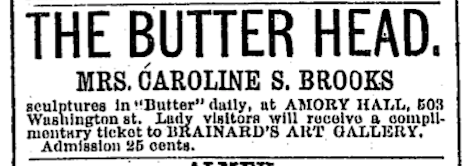
A newspaper advert for Brooks demonstrating her talent as a butter sculptor at the Armory Hall, Boston in 1877.
Following directly on from her success at the Centennial Exposition, Brooks was asked to sculpt a life-size version of Iolanthe which was then sent to Paris for exhibition at the World’s Fair in 1878. It was a tremendous success. Brooks was now internationally recognized as a talented, pioneering butter sculptor.
Eventually she moved on from sculpting in butter to working with marble, stone and clay. However, Brooks always said she preferred working with butter as it was more malleable and delivered better results. Her later works included marble portrait busts of Thomas Carlyle, George Elliot, James A. Garfield, Emanuel Swedenborg, and members of the Vanderbilt family.
Apart from dealing with petty and truculent men, Brooks had to devise ways to transport her butter sculptures far across land and sea. Brooks invented special tanks filled with ice which kept her work chilled. This was understandably problematic on long ocean voyages where maintaining the correct temperature was difficult. When her work arrived in France, Brooks found it amusing to see customs officials itemise her work not as sculptures but in terms of pounds of butter.
Due to the nature of her materials there are only a few photographs of Brooks’ butter sculptures available. But thankfully what we do have is a beautiful testament to Brooks’ extraordinary talents. Someone should really think about making a film about this pioneering artist’s life.
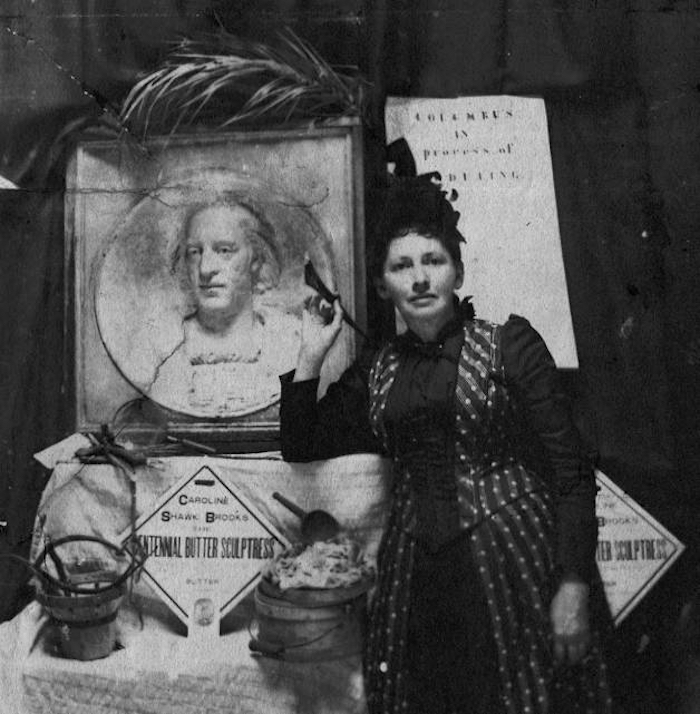
Feminist artist Caroline S. Brooks in front of one of her butter sculptures.

‘A Study in Butter’ Life-sized version of ‘The Dreaming Iolanthe,’ ca. 1878.
More of Caroline S. Brooks’ butter sculptures, after the jump…






.jpg)
.jpg)
.jpg)
.png)
